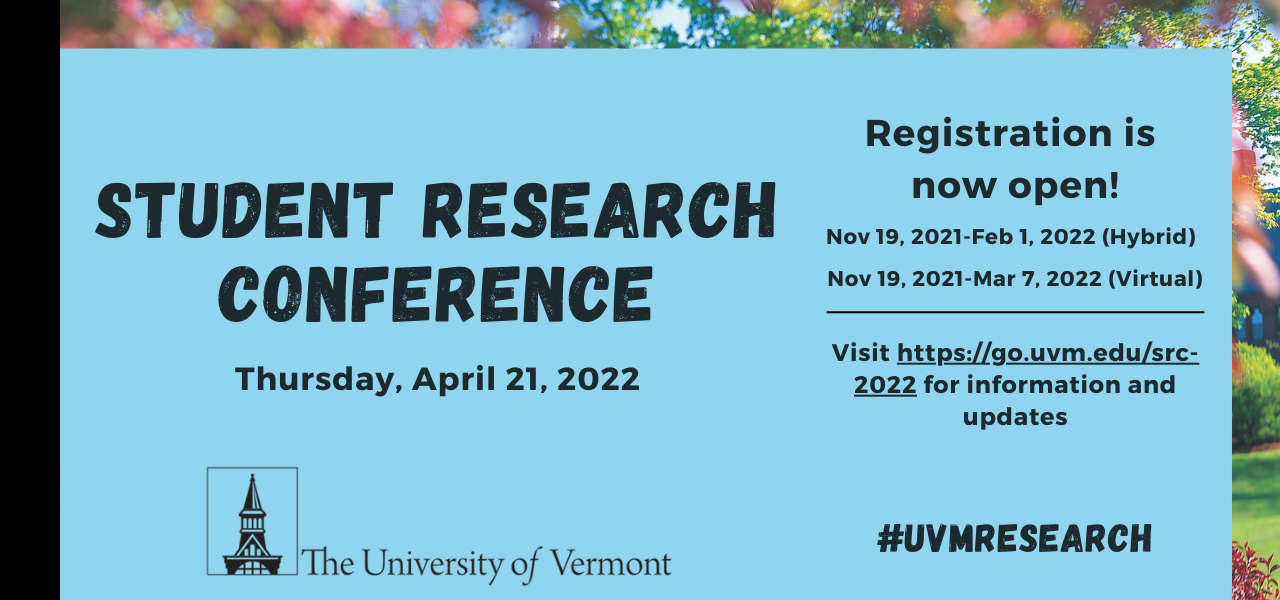Park visitation and walkshed demographics in the United States
Conference Year
January 2022
Abstract
A large and growing body of research demonstrates the value of local parks to mental and physical well-being. Recently, researchers have begun using passive digital data sources to investigate equity in usage; exactly who is benefiting from parks? Early studies suggest that park visitation differs according to demographic features, and that the demographic composition of a park's surrounding neighborhood may be related to the utilization a park receives. Employing a data set of park visitations generated by observations of roughly 50 million mobile devices in the US in 2019, we assess the ability of the demographic composition of a park's walkshed to predict its yearly visitation. Predictive models are constructed using Support Vector Regression, LASSO, Elastic Net, and Random Forests. Our results suggest that the demographic composition of a park's walkshed demonstrates little to no utility for predicting visitation.
Primary Faculty Mentor Name
Chris Danforth
Secondary Mentor Name
Peter Dodds
Status
Graduate
Student College
College of Engineering and Mathematical Sciences
Program/Major
Mathematical Sciences
Primary Research Category
Engineering & Physical Sciences
Secondary Research Category
Social Sciences
Park visitation and walkshed demographics in the United States
A large and growing body of research demonstrates the value of local parks to mental and physical well-being. Recently, researchers have begun using passive digital data sources to investigate equity in usage; exactly who is benefiting from parks? Early studies suggest that park visitation differs according to demographic features, and that the demographic composition of a park's surrounding neighborhood may be related to the utilization a park receives. Employing a data set of park visitations generated by observations of roughly 50 million mobile devices in the US in 2019, we assess the ability of the demographic composition of a park's walkshed to predict its yearly visitation. Predictive models are constructed using Support Vector Regression, LASSO, Elastic Net, and Random Forests. Our results suggest that the demographic composition of a park's walkshed demonstrates little to no utility for predicting visitation.


